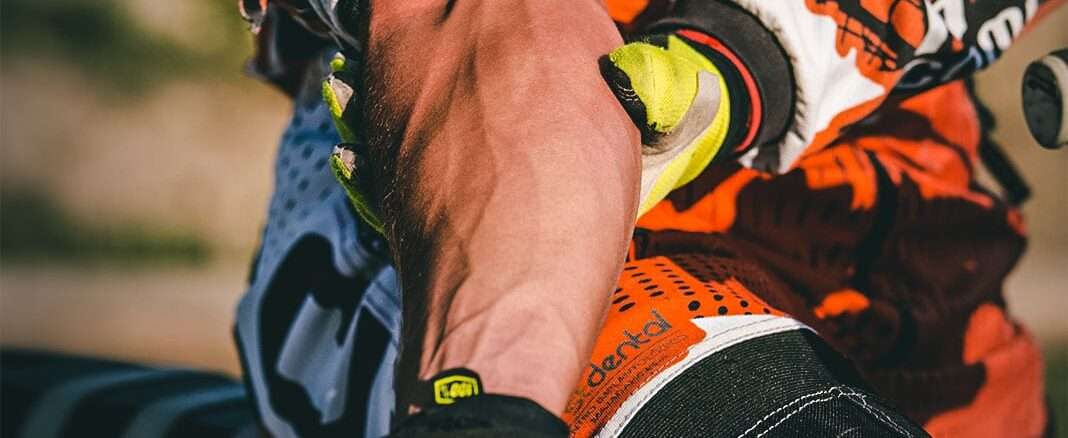Arm Pump
Chronic Exertional Compartment Syndrome of the Forearm
The forearm’s chronic exertional compartment syndrome is a rare “ut incre” singlyforearm’sognised condition possibly first described in 1983. Patients are usually involved in activities with repetitive isometric muscle loading of the wrist while gripping. It has been most reported in competitive motorcycling, known as ‘arm pump’, but other sports include:
• Gymnastics and hockey.
• Wheelchair athletics and climbing.
• Water skiing and horse riding.
• Kayaking.
• Non-sporting activities such as carpentry manual work.
It is most commonly associated with motorsports such as motocross and road racing, but other activities such as paddling, weight lifting and mountaineering can induce this condition. This is because of vibration, forced grip and repeated wrist movements to control the throttle.
An arm pump is a Chronic exertional compartment syndrome of the forearm, a clinical condition in which an individual develops intermittent marked pain in the forearms after a period of exercise or exertion.
Arm pump increases pressure following muscle expansion within an inelastic tissue envelope, resulting in compromised perfusion and tissue function. Typical symptoms are pain, distal paraesthesia and loss of function. The condition is self-limiting and resolves completely between periods of activity. Arm pump typically affects younger adults, mainly men.
Diagnosis
The forearm will typically feel hard and tight while the pain is present. Numbness in the hand or cramping of the muscles of the forearm, weakness or clumsiness may occur.
Diagnosis of this condition is initially made on a classical approach
• History of pain in the forearm
• Loss of grip strength
• Altered sensation in the hands brought on by activity.
Symptoms must resolve completely between periods of activity and are typically bilateral. The diagnosis is confirmed using intra-compartmental pressure monitoring in multiple compartments before, during, and after exercise.
We may recommend serial MRI scans of the arms at rest, immediately after exercise and every five minutes for 15 minutes, but this is quite an expensive investigation. MRI scan may help to exclude other causes of forearm pain. The condition can be diagnosed by direct measurement of the pressure within the muscles. This can only be done by passing a needle through the skin into the muscle under local anaesthetic and connecting this needle to a pressure device. This is an invasive procedure and should only be performed by a specialist. The diagnosis is said to be supported if the pressures are >10mmHg at rest and >20mmHg 1 and 5 minutes after exertion. The speed that the pressure returns to baseline after exertion may be a more reliable diagnostic determinant. An increase in the circumference of the forearm on exertion may also be found.
Tendinopathies (such as tennis or golfer’s elbow) of the forearm muscles, blood vessels, or nerve entrapments may present similar symptoms and should be excluded.
Pressure testing in CECS is considered positive if any of the following are found: resting pressure (P) > 15 mmHg, 1 min post-exercise P > 30 mmHg or 5 min post-exercise P > 20 mmHg. More recently, some authors have also suggested accepting a rise of 10 mmHg with exertion regardless of baseline.
Treatment
Non-operative treatment
• Activity modification
• Rest
• Physiotherapy
Operative treatment
• Arm pump can be treated by surgery to release the muscle’s fascia (connective tissue covering). This is usually done under a general anaesthetic and the tissue can either be split or removed. The challenge is the diagnosis, but a successful outcome can be expected in most patients (80-90%).
• Postoperative, after surgical fasciectomy/fasciotomy, the patient must rest the arm. The arm is bandaged, but a splint is not required. The wound must be kept dry for 10 days.


